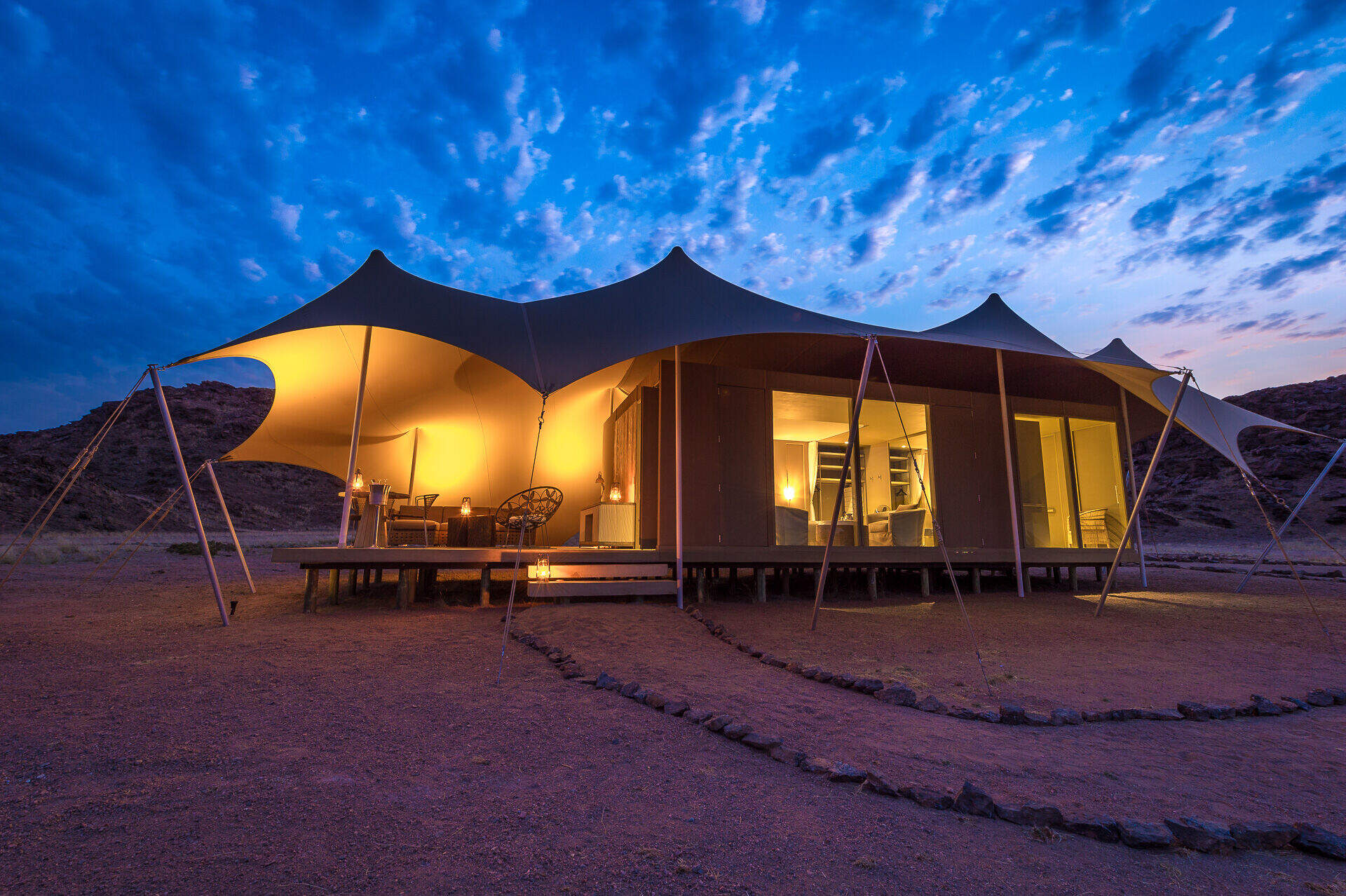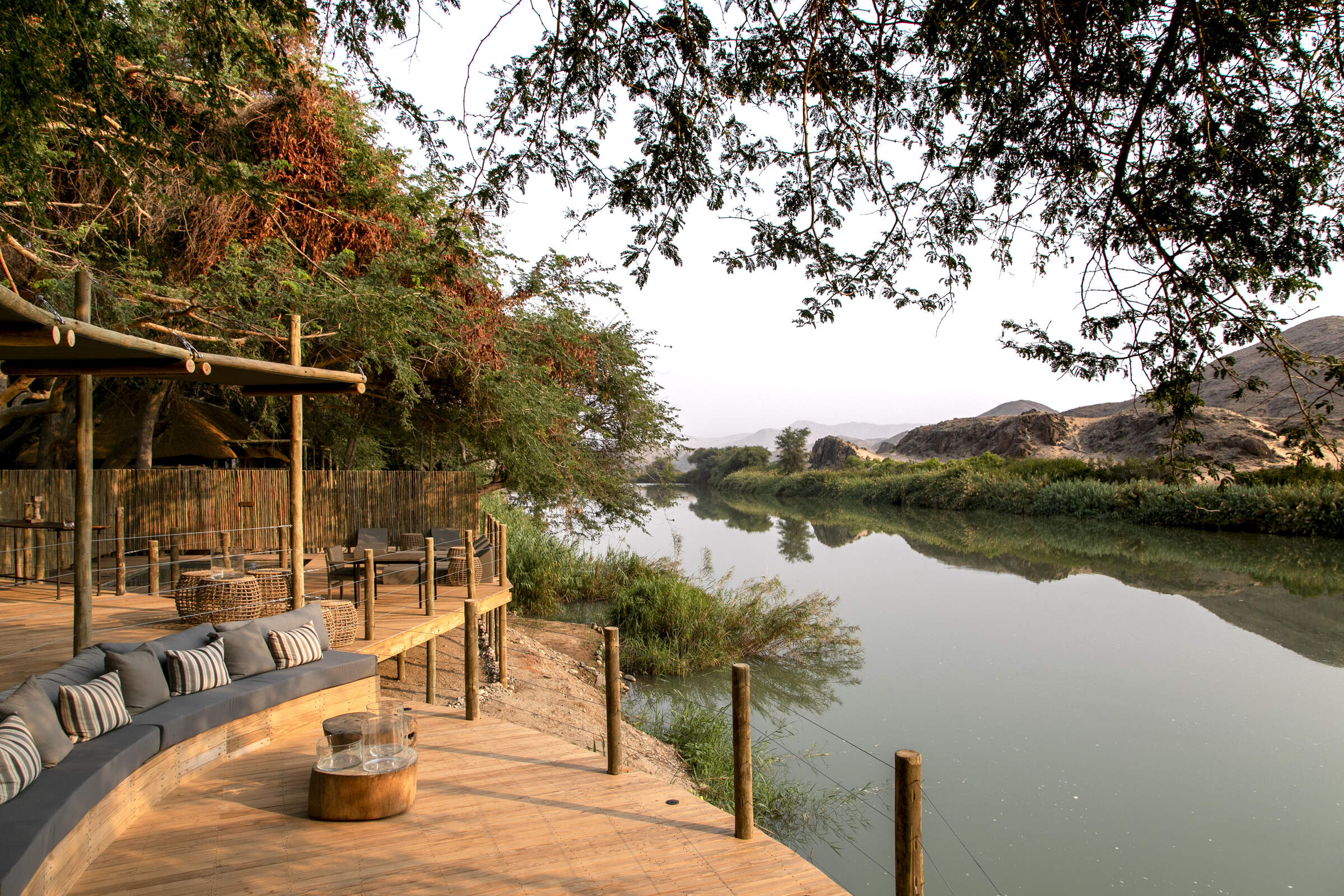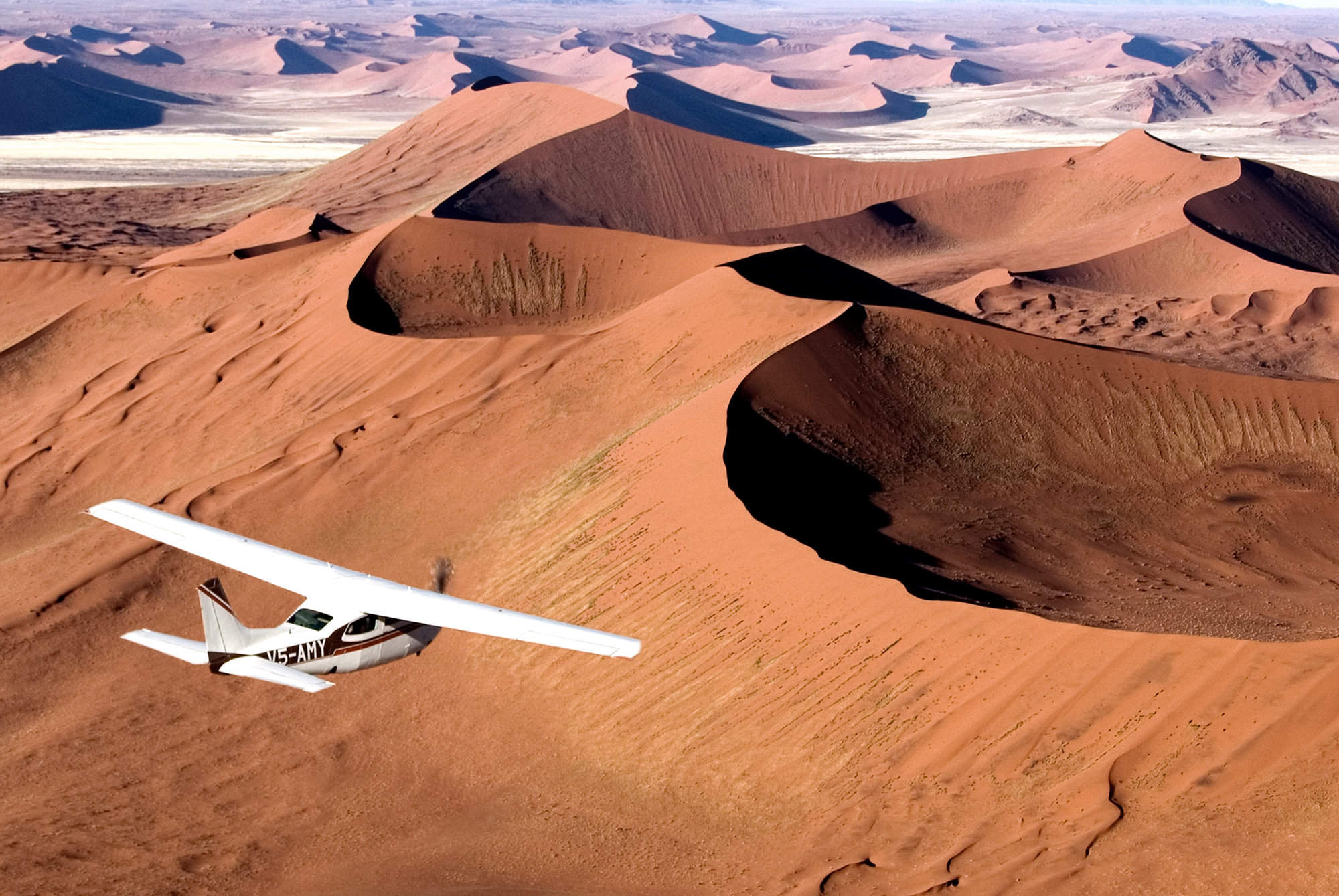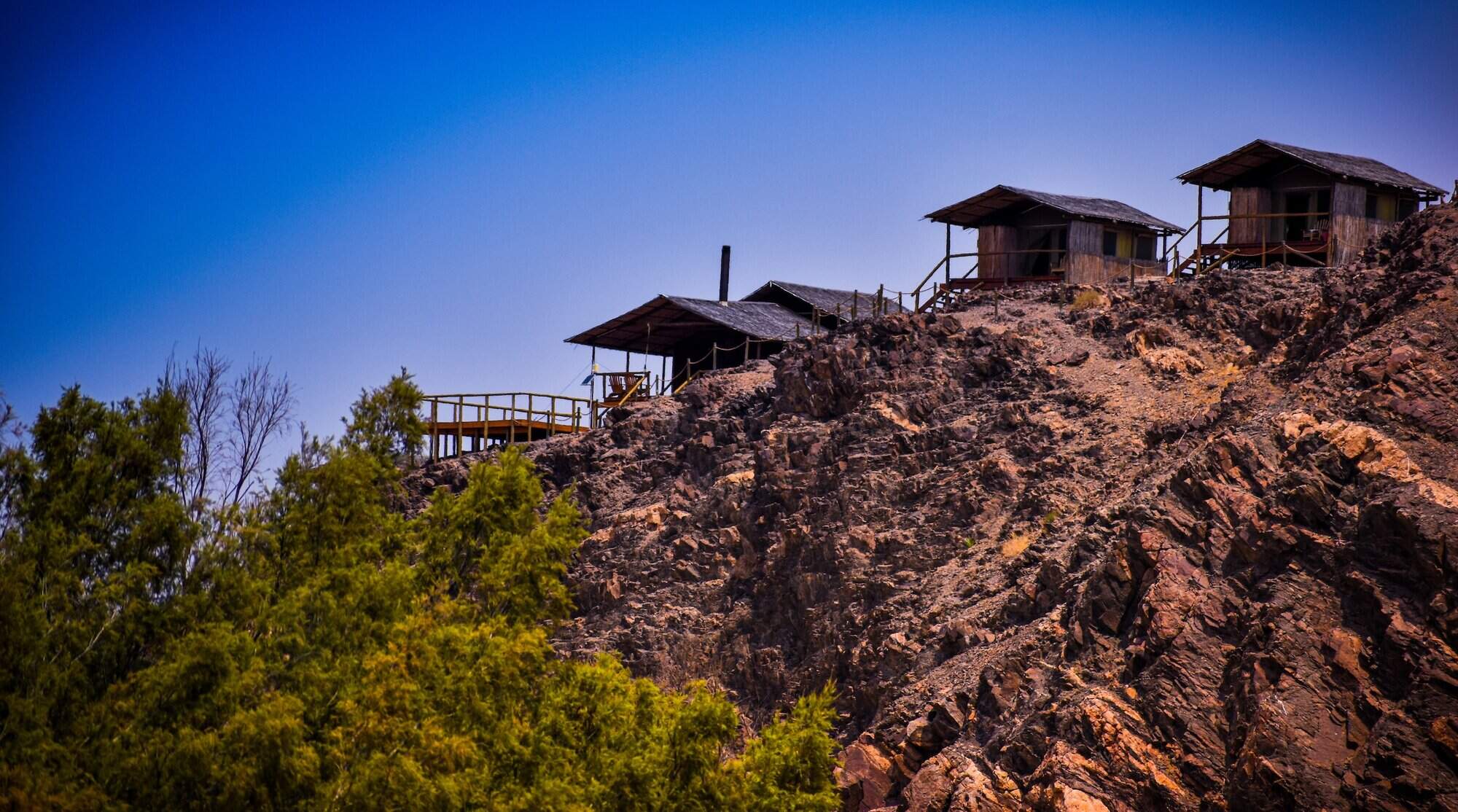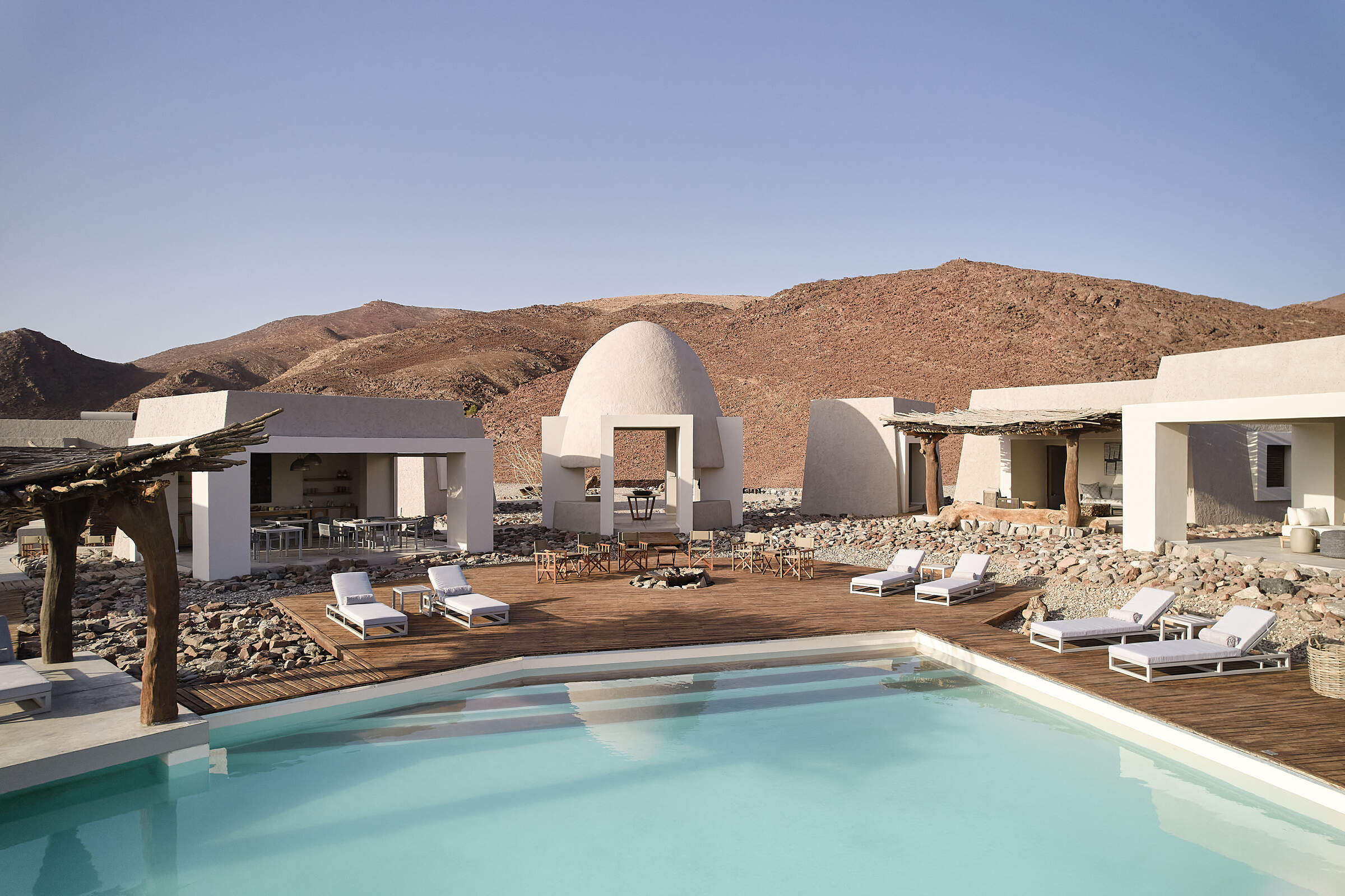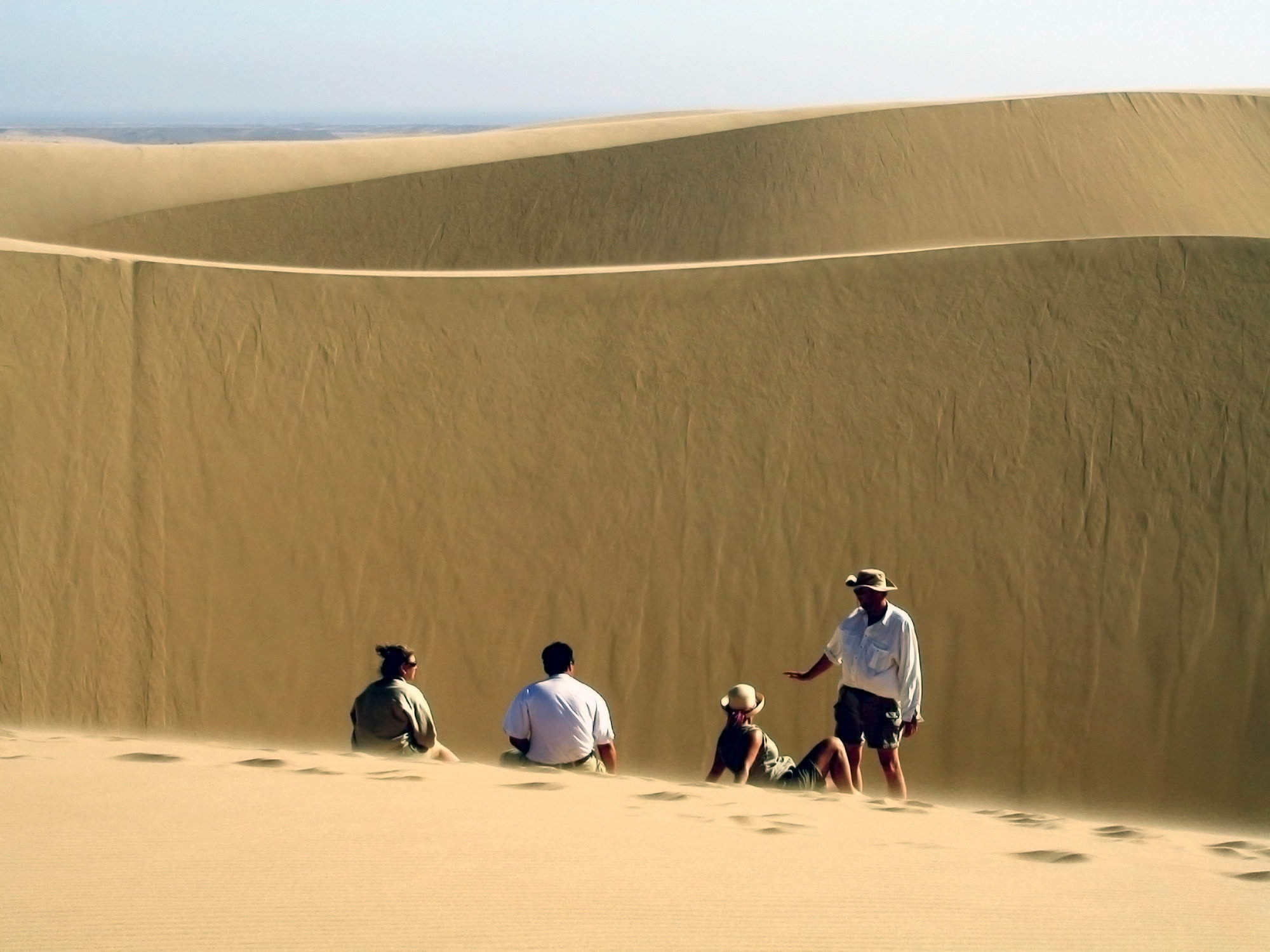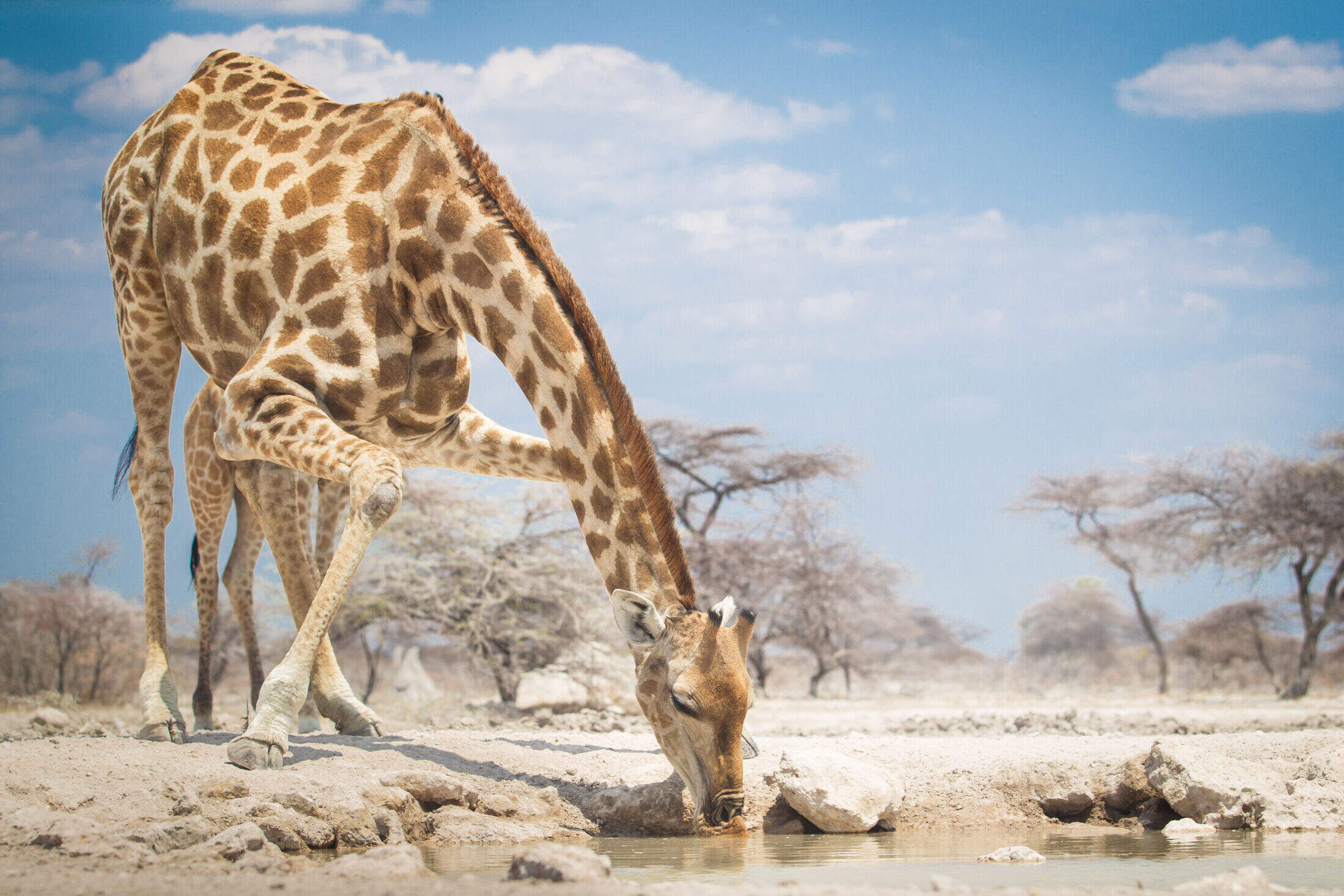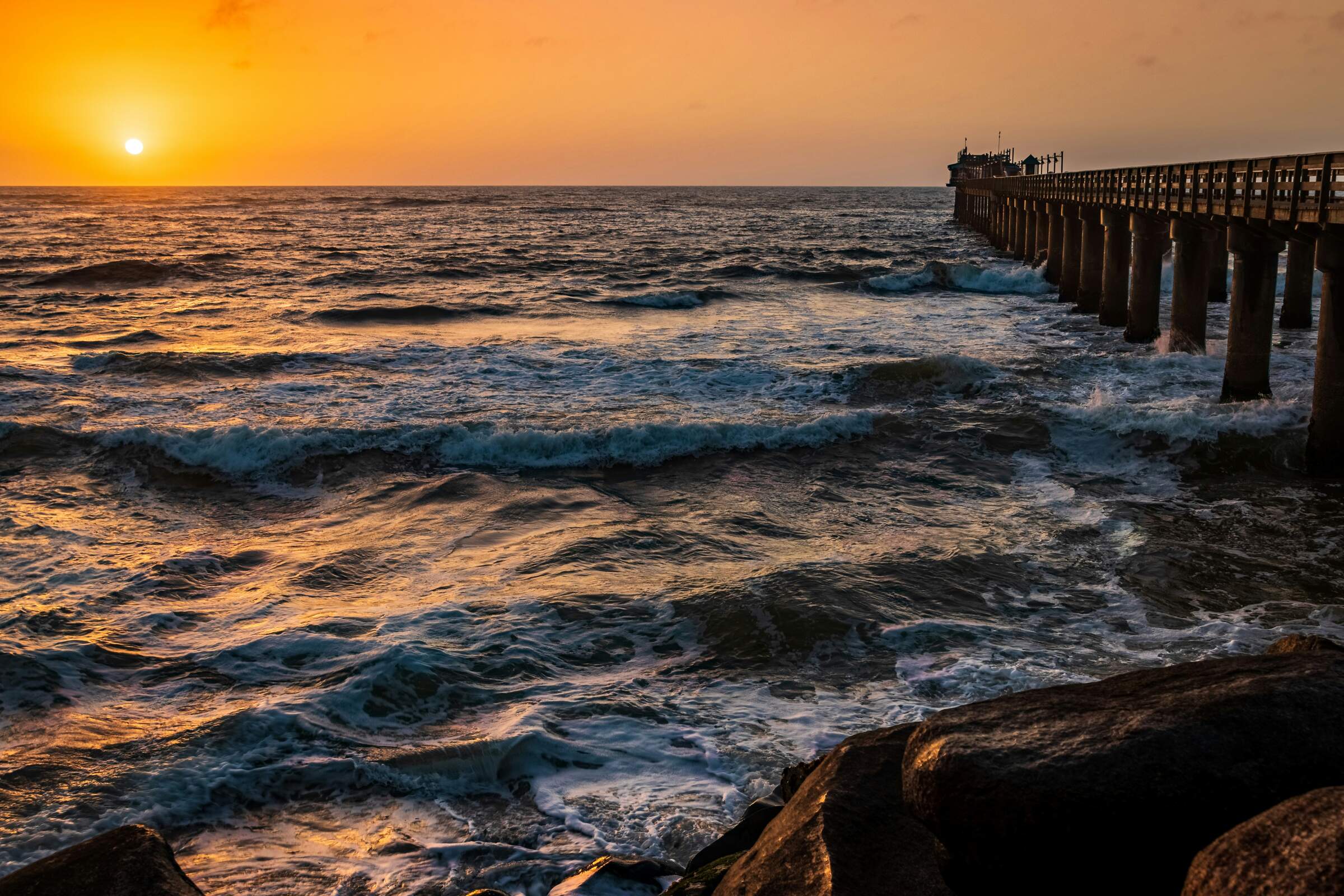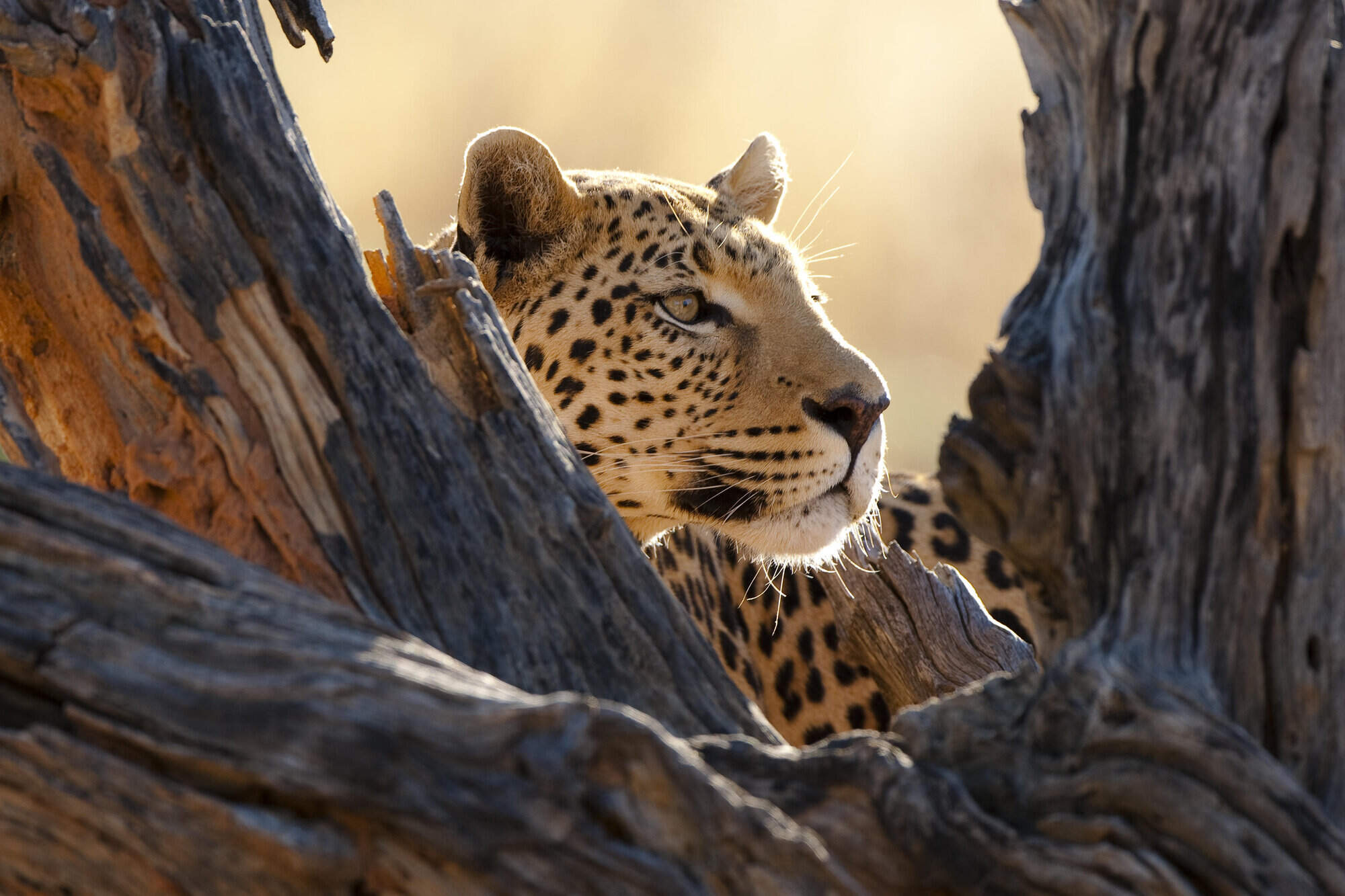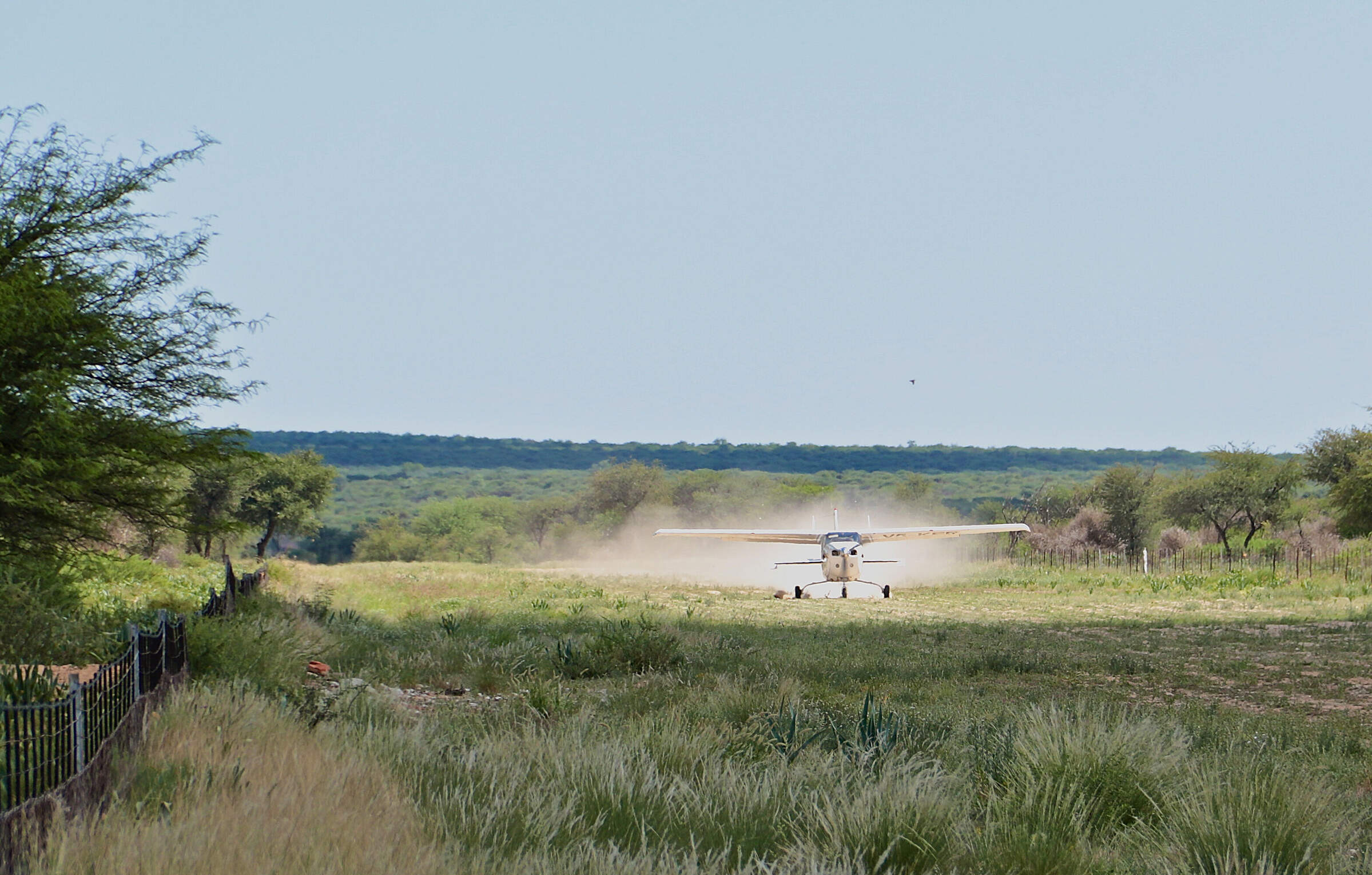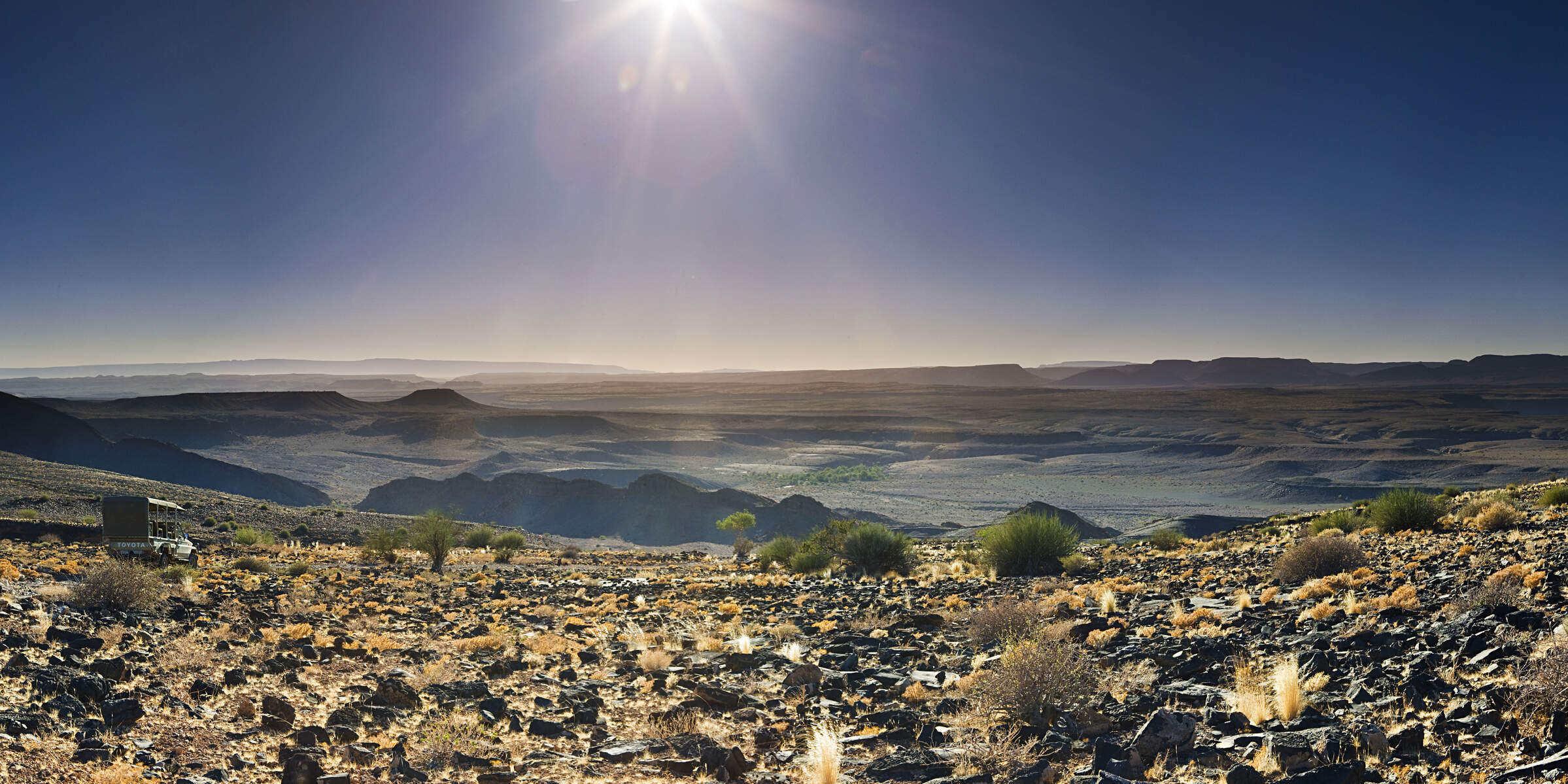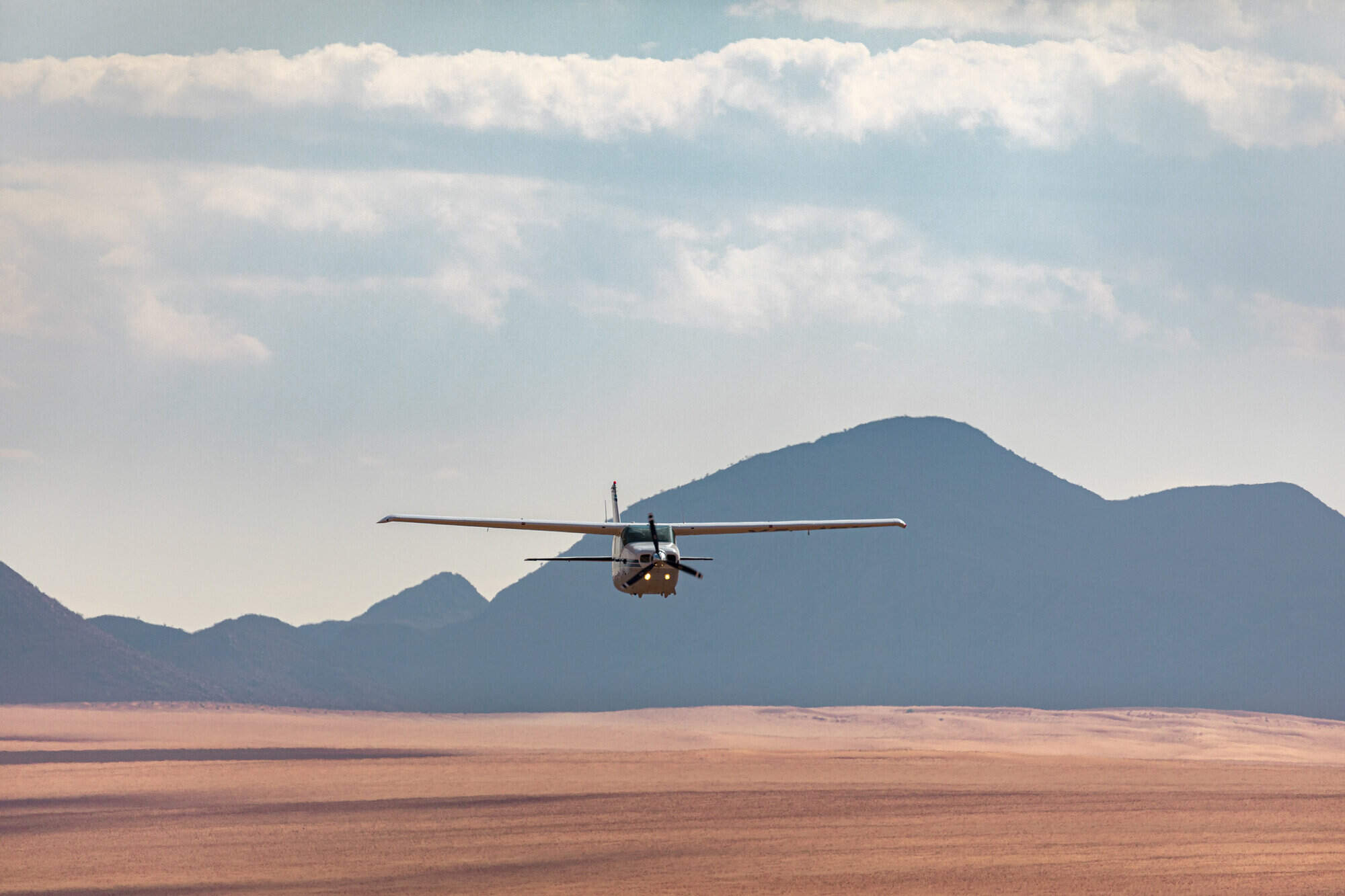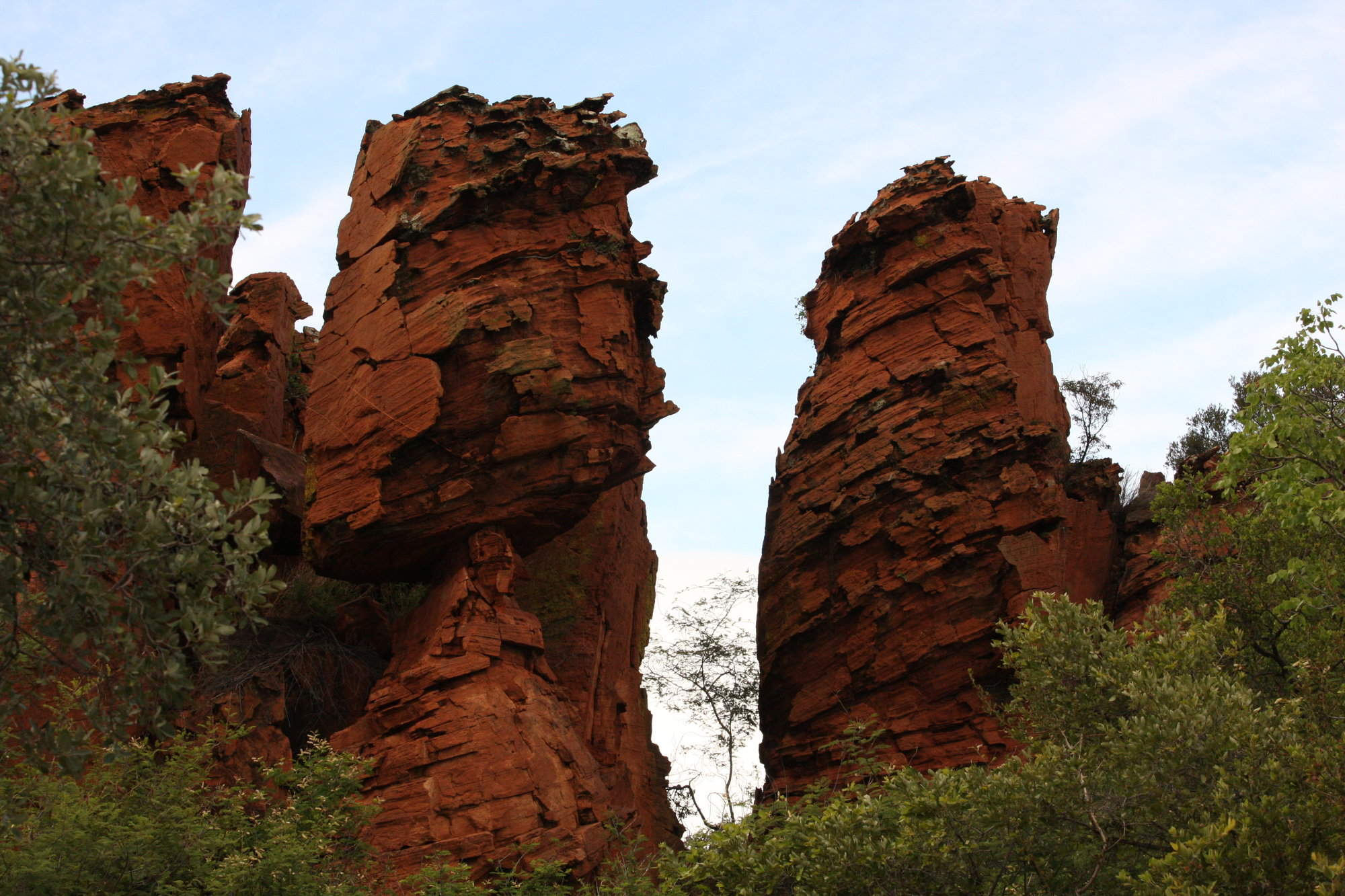Kunene River Camp: Our full report
On the banks of the Kunene River, Namibia’s northern border with Angola, lies the simple Kunene River Camp.
As one of Namibia’s few permanent rivers, the Kunene is a magnet for wildlife, especially birds. The camp is accessible only on a Skeleton Coast Safaris, run by the Schoeman family, and is usually the third and final camp on one of their trips.Visitors at Kunene River Camp usually arrive in late afternoon, having spent the first night of their trip at Kuidas Camp, and left its sister camp, Leylandsdrift Camp, mid-morning.
The day is spent flying north along the Skeleton Coast by light aircraft to the Kunene River, before transferring to a 4WD for the spectacular drive through the Hartmann Valley. Adventurous travellers may choose to ride on the vehicle’s roof-top seats which, although exposed to the wind and sun, offer great views. With mountains, sand dunes and vast gravel plains all around, you get a true feeling of the enormity of the place and of its complete and utter isolation.
It would be hard to beat the location of Kunene River Camp, perched on top of large boulders just above the riverbank, which is a haven for wildlife. Like the other camps on a Skeleton Coast Safari, it is simply designed yet comfortable and well equipped.
Each of the eight dome tents lies within a reed enclosure. Inside, proper twin beds made up with neutral-coloured linen are separated by a bedside table with a battery-powered lamp, bottled water and tissues. The camp has two flush toilets with handbasins for communal use, but a chemical toilet at the foot of one of the beds means that it isn't necessary to leave your tent at night if you don't want to.
Housed in the same reed structure is an en-suite bucket shower with hot water provided on request. Shampoo/shower gel and insect-repellent cream are supplied, as – of course – are towels. In front of the tent, a stone table is set with a bowl for washing, and a stool, with great views of the river below.
The central area at Kunene River Camp is constructed from local materials – stone, wood and reeds. This is where meals are served, and where you’ll find a small help-yourself “bush bar” with a choice of drinks.
The building is open at the front and partially at the sides, giving great views along the Kunene River and across to Angola. Sitting here on our last visit we saw some great birdlife, including goliath herons, African darters, red-faced mousebirds and golden oreoles.
The next day, you’ll take a boat trip along the Kunene, passing sandy banks and lush vegetation which harbours monitor lizards and crocodiles. Further upstream are some gentle rapids and some interesting geological formations. We were impressed by the bird sightings, from gymnogene and augur buzzard to Abdim's stork, wire-tailed sparrow and little bee-eater.
After lunch back at camp, visitors usually head back to the airstrip for their flight back to Windhoek, arriving late afternoon.
Our view
To round off a tour of the Skeleton Coast at Kunene River Camp is to round off an in-depth exploration of this wilderness area. Like its sister camps, it is simple yet comfortable, but what really matters is the excellent guiding on these trips as you explore all that the Skeleton Coast has to offer.
Geographics
- Location
- Skeleton Coast & Kaokoland, Namibia
- Ideal length of stay
- Most visitors stay only one night at Kunene River Camp, although it is possible for a group of four people travelling together to extend their stay by prior arrangement, as this is the last stop on a Skeleton Coast Safari.
- Directions
- Accessible on a fly-in safari only
- Accessible by
- Fly-and-Transfer
Food & drink
- Usual board basis
- Full Board & Activities
- Food quality
- Food at Kunene River Camp was very tasty when we last stayed, and was washed down with some good wine.
The buffet breakfast is a choice of cereal, fruit, yoghurt and mealie pap, as well as freshly baked bread with jam, cold meat or cheese.
Lunch usually consists of a buffet with salad dishes.
For dinner, we tucked into a lovely lamb stew with rice, peas and a green salad. - Dining style
- Group Meals
- Dining locations
- Outdoor Dining
- Drinks included
- All drinks are included except imported wines and spirits (and any premium brands).
Bottled water is provided, and filtered or borehole water is also available.
Special interests
- Birdwatching
- Kunene River Camp on the banks of the Kunene River is a highlight for birdwatching in Namibia. You can expect both desert and riverine species here, from buzzards and gymnogene to kingfishers and bee-eaters, with aquatic birds also in their element.
- See ideas for Birdwatching in Namibia
- Photography holidays
- Aerial images from a light aircraft of the ever-changing landscapes on a Skeleton Coast Safari can be superb. Around Kunene River Camp, a wide diversity of birds, animals and geology offer further scope for photography in Namibia.
- See ideas for Photography holidays in Namibia
Children
- Attitude towards children
- Children are always welcomed by the Schoeman family.
- Property’s age restrictions
- None
- Special activities & services
- None
- Equipment
- None
- Generally recommended for children
- Older children with a genuine interest in the natural world are likely to enjoy Kunene River Camp, but long days and extensive flying are likely to prove both unappealing and tiring for younger children.
- Notes
- Proximity to the river at this camp and the presence of crocodiles on the river bank means that children must be under constant supervision from a parent or guardian.
Communications
- Communications
- There is no mobile reception or WiFi; aside from a satellite phone for emergencies, you will be out of communication.
- TV & radio
- None
- Water supply
- Other
- Water supply notes
- Water is drawn from the river and filtered. Bucket showers are supplied with hot water on request. The camp has two flush toilets, as well as a chemical toilet in each tent.
Health & safety
- Malarial protection recommended
- Yes
- Medical care
- There are doctors in the nearest town, which is most easily accessed by air.
- Dangerous animals
- Moderate Risk
- Security measures
- Your guide will accompany you throughout the day, with camp staff also staying overnight.
- Fire safety
Activities
4WD Safari
Birdwatching
Boat trip
Cultural excursion
Private activities
Extras
- Disabled access
- On Request
- Laundry facilities
- Laundry can be done if urgent, but normally time will not permit this.
- Accepted payment on location
- Cash will be needed for any staff tips.
Other lodges in Skeleton Coast & Kaokoland
Alternative places to stay in this same area.








